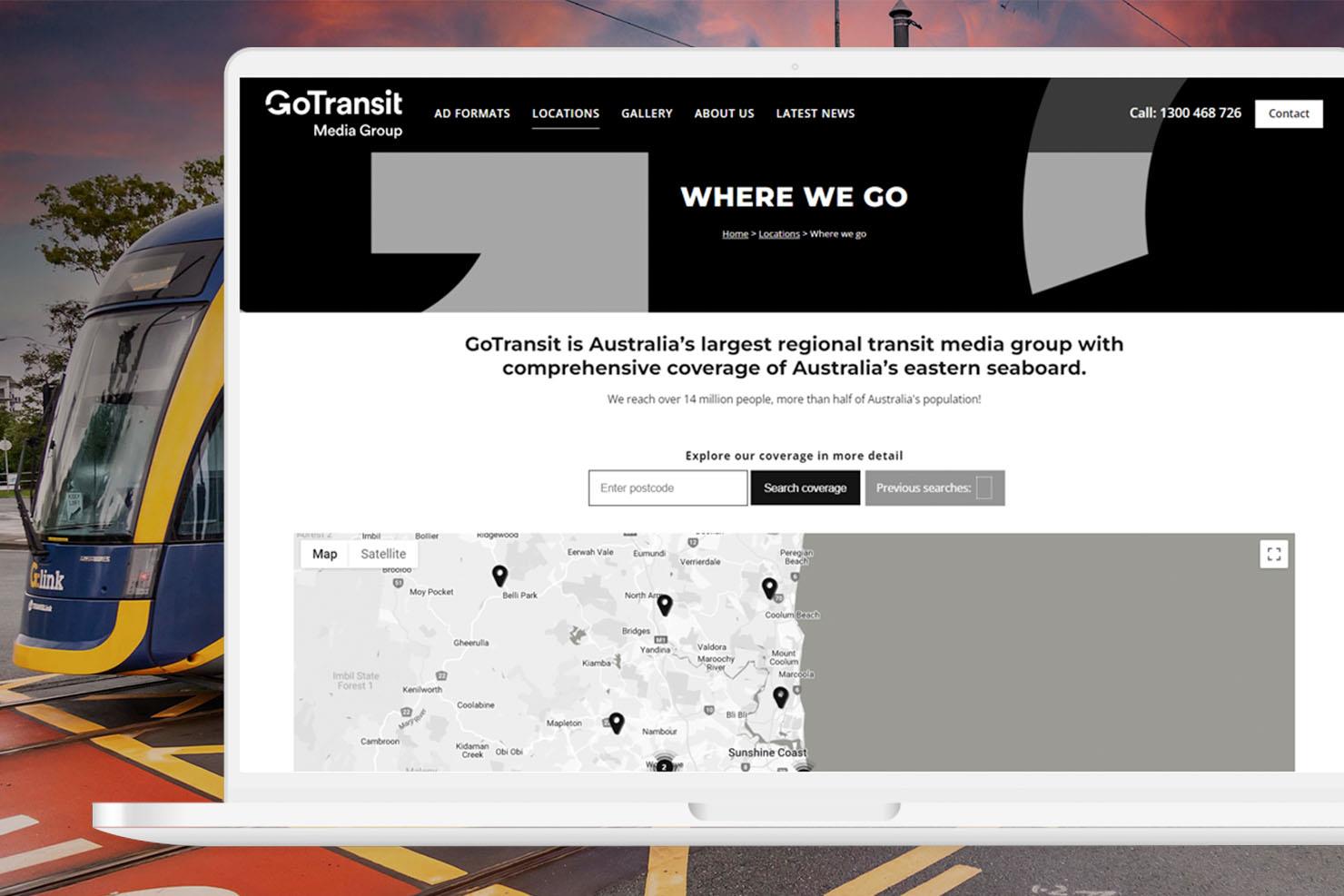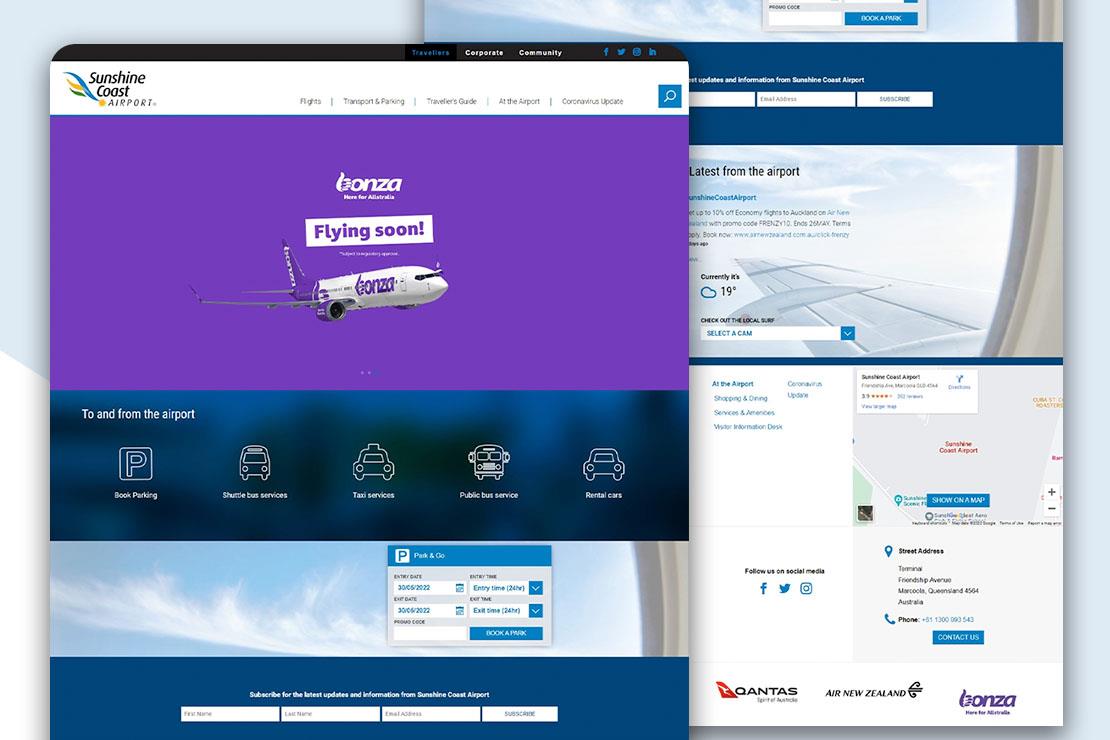ERP to website integration
We can get your critical business data anywhere you need it.
Our Sunshine Coast programming team has vast experience in synchronising data from internal software platforms to web-based applications, including creating bespoke systems and processes to maximise efficiencies.

ERP integration services
-
API integrations
-
Process audits
-
Custom solutions


ERP integration explained
Online commerce has recently undergone a fundamental shift as businesses realise that innovation does not come from the platform used, but from how their unique processes use the data stored within it.
The evolution of the "Postmodern ERP"
Most ERP (Enterprise Resource Planning) solutions have become behemoths, trying to cover every aspect of business data from stock control to sales funnels and customer relations to supply chain management to online sales.
In trying to ensure data integrity - and perhaps "ease" of dealing with one software provider - having these single over-arching systems has stifled the ability for businesses to innovate and change.
The problem with the monolithic ERPs that have evolved – as is the trouble with any Software as a Service (SaaS) - is that all customers rely on the same underlying code, functions and processes.
Innovation is a process, not a software solution
Kook has been building and marketing business websites for more than 20 years!
Recently the hype has been around the benefits of "the cloud" for ERP solutions. By the way it is marketed, you'd think this cloud brings with it magical powers of change and innovation. The reality is, if you migrate from an on-premise ERP to a cloud-based ERP, how has it made your business more innovative?
The main drawbacks of these systems:
- Your processes are driven by the software. The modules are not going to work the way you do, you will have to work the way they do
- You’re paying for a bunch of features you don’t need/use
- You may be required to enter non-essential data that might only be necessary for all those modules that you don’t yet use (e.g. multiple screens required to do relatively simple data entry tasks)
- The functionality in the platforms is shared by all users, so modifications are not on your vendor’s priority list and only become so if many users request the same new features. Most of the time the answer is a firm “no” or “we’ll consider that for future upgrades”.
- Customisations are either not possible, or require the software vendor’s development team to make those changes, and usually at extremely high prices.
- Risk - all your eggs are in one basket.
- Flexibility for levels of data security. You may want your financial data kept on-premise with no external access, but you need your product data in the cloud for sharing with other applications.
- Lack of competitive advantage - you can't have better processes if you use exactly the same systems as your competitors.
The future for the “Postmodern ERP” as it is being coined (http://www.gartner.com/it-glossary/postmodern-erp/), will be a number of interwoven software packages all sharing one source of data, or the single source of data giving and receiving only what information is required for each of those bespoke platforms to function at their best.
When you step back and understand “it’s just data” and that data can come in a format as simple as a text file, and that you don’t need to share all data to all platforms, you can then understand how you can build an improved outcome by using high-performance, individual parts.
Let's take a massive ERP like SAP as an example. Are its accounting tools better than Xero? Not according to dozens of professional comparison sites and user surveys. So, you are paying for the massive might of SAP because it "does everything" but it doesn't rate as well as a far cheaper, far less complex, but far more specialised accounting software package.
Xero is in a fierce fight for market share and their product development is never-ending in order to attract/keep customers. Compare this with the accounting functions contained within a larger, traditional ERP. They are not nearly as agile, and not nearly as focussed on product development specifically on the General Ledger/Payroll aspect of their software. So, if you hit a limit on what the accounting component of your ERP can do, and it’s the hurdle to reaching better efficiencies/profitability, you have to change to a whole new ERP. Ouch!
If you have a “postmodern ERP”, where each core function of the business uses the best software for YOUR business, and you outgrow the accounting package, you unplug it and plug another one in.
So, let's use an example where it has been decided to change from MYOB to Xero. Both of these offer what’s called an API (Application Program Interface). You simply tap into the Xero API instead of MYOB’s. It’s not quite that simple, of course, but a hell of a lot easier than changing ERPs!
And because of the fierce competition between those niche providers, there’s usually even a data migration service. So, other than staff training you don’t really need to do much at all.
Especially in the online sales space, the vast majority of these ERP systems treat online sales as an afterthought, with separate data sources for online and/or sub-par User Interface, User Experience, mobile device compatibility and search engine optimisation.
If your sales come predominantly from online sales, not having a red-hot, high-performance website (and digital marketing team) is suicidal - just like not opening a coffee shop on weekends.
Of course, the drawback to having this "post-modern ERP" approach is that it's not quite as "simple" as having one provider.
But if you want maximum innovation in your processes, you need to be:
- using the best software for each aspect of your business
- have the ability to make them share and update data, and
- the agility to change each component when it no longer suits the purpose without having to migrate to an entire new system.
